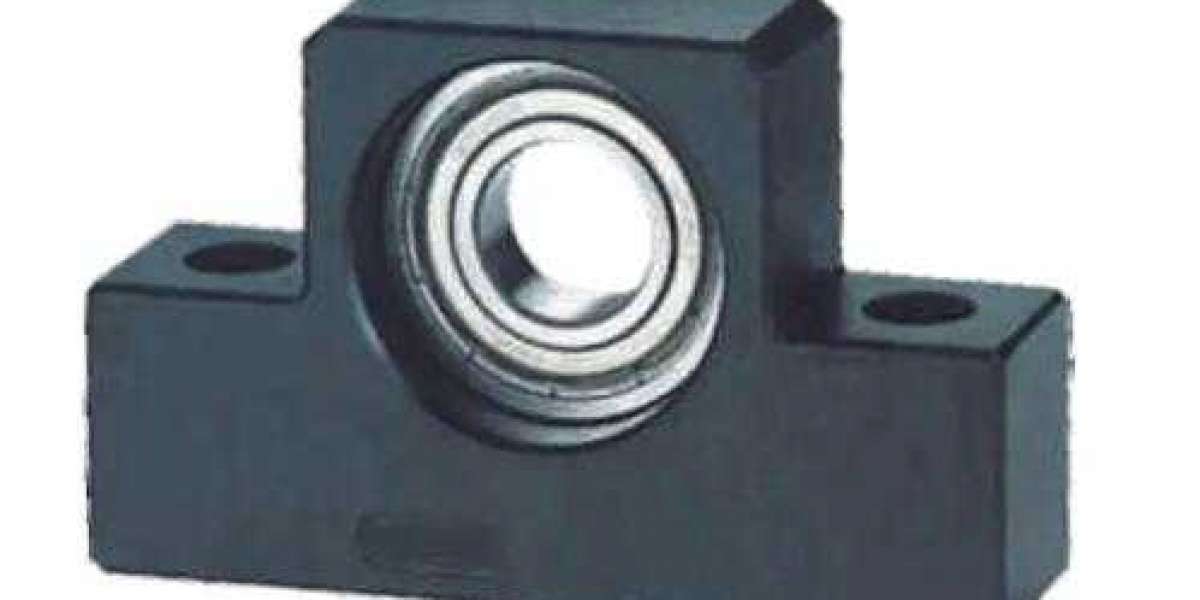In the world of engineering and machinery, precision is a paramount requirement. Whether it's a CNC machine, an industrial robot, or a 3D printer, the combination of two critical components, ball screws and Linear Guide Rail, plays a pivotal role in achieving this precision.
Ball Screws:
Ball Screw are mechanical devices used for converting rotational motion into linear motion with minimal friction. This is achieved through the use of ball bearings that circulate within the nut and screw assembly. The design is ingenious in its simplicity, and it offers several advantages:
1. High Efficiency: Ball screws are incredibly efficient at converting rotary motion into linear motion. This efficiency reduces the energy required to move heavy loads and minimizes heat generation.
2. Low Friction: With rolling elements like ball bearings, ball screws generate far less friction compared to traditional lead screws or acme screws. This leads to smoother and more accurate motion.
3. Precision: The ball bearings inside the nut and screw assembly create a highly precise and repeatable movement. This precision is crucial in applications where accuracy is paramount.
4. Longevity: Properly maintained ball screws have a long lifespan. They can endure heavy usage in industrial settings without significant wear and tear.
5. Low Backlash: Backlash, or the slop in a system when changing direction, is minimal in ball screws. This is crucial in applications where reversing direction is frequent, like CNC machining.
Linear Guide Rails:
Linear guide rails, often referred to as linear motion guides or linear bearings, complement ball screws by providing stability and smooth linear motion. These guide rails have several features that make them indispensable:
1. High Rigidity: Linear guide rails are designed to be rigid and can withstand significant loads. This rigidity ensures that the motion remains stable, even under heavy loads.
2. Low Friction: Like ball screws, linear guide rails are constructed to reduce friction significantly. This, in combination with ball screws, results in extremely smooth and precise motion.
3. Diverse Designs: Linear guide rails come in various designs, including square and round profiles, to suit different application requirements. They can be used in vertical, horizontal, or even curved setups.
4. Durability: These guide rails are built to last, often using materials like stainless steel and reinforced polymers to resist corrosion and wear.
5. Maintenance-Friendly: Many linear guide rail systems are designed for easy maintenance. Regular cleaning and lubrication can extend their operational life.
The Symbiotic Relationship:
Ball screws and linear guide rails often work together in precision machinery. The ball screw provides the linear motion, while the guide rails ensure the stability and accuracy of that motion. This symbiotic relationship is vital in applications like CNC machines, 3D printers, and industrial robots, where precision and reliability are non-negotiable.
In conclusion, ball screws and linear guide rails are essential components in the realm of precision machinery. Their ability to provide efficient, low-friction, and highly accurate linear motion has revolutionized various industries, from manufacturing to healthcare. Together, they form a partnership that drives innovation and perfection in modern engineering.








